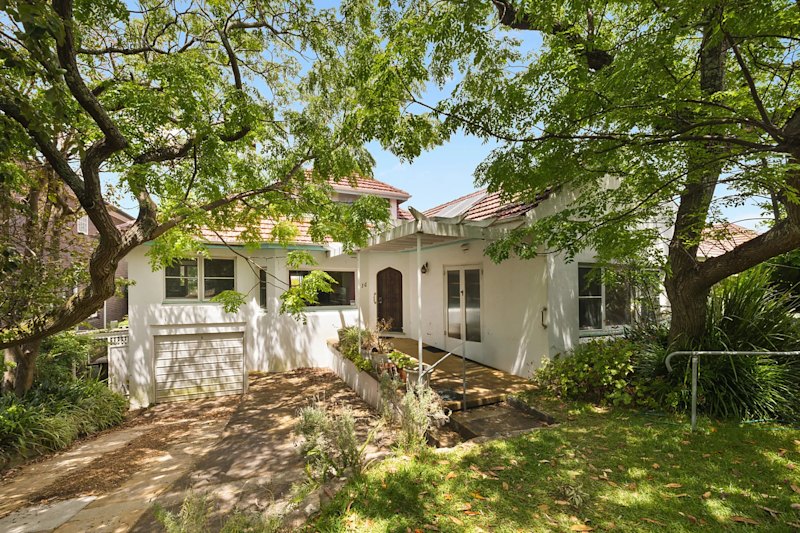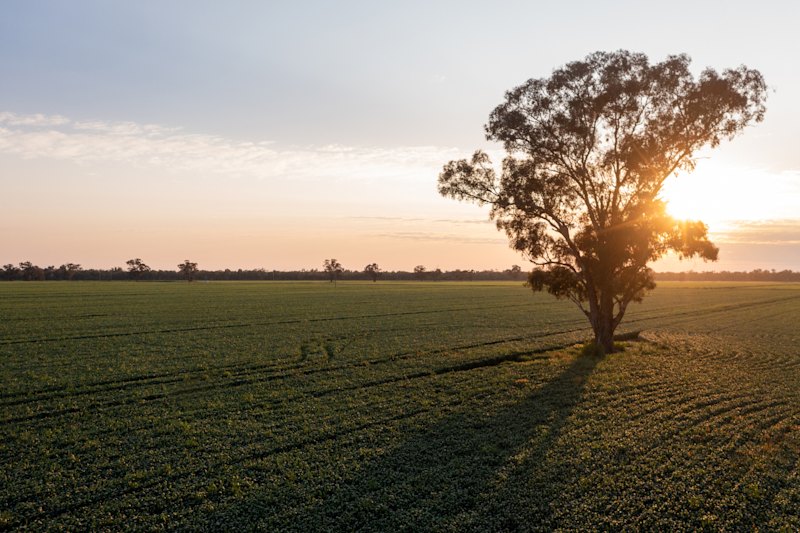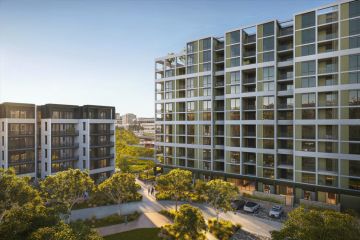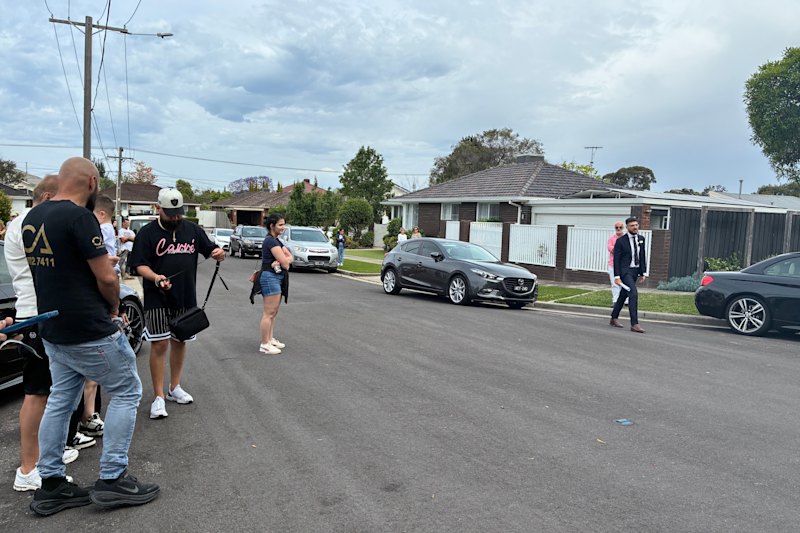Could 2023 be the year of the apartment?
Apartment prices have bounced back to their peak as demand continues to lag supply.
More Aussies will live in apartments in the future, Ray White’s economist Nerida Conisbee said in her weekly report, but Australia’s housing density levels are nowhere near that of other countries.
This year is the year of the apartment, she said.
Apartment prices have returned to their 2022 high, according to Ray White researchers, because they barely dropped last year.
Listing: see more images here of this modern Port Melbourne apartment for sale
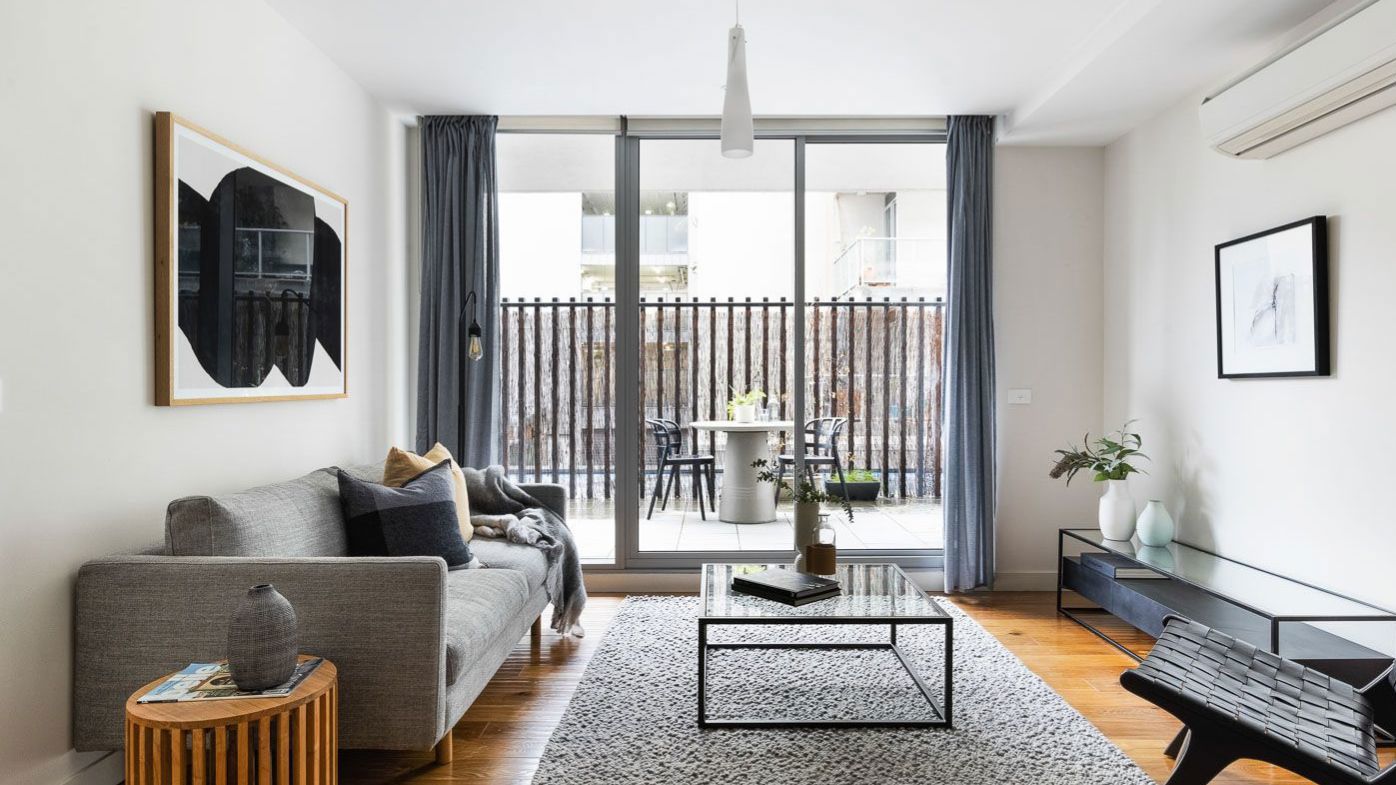
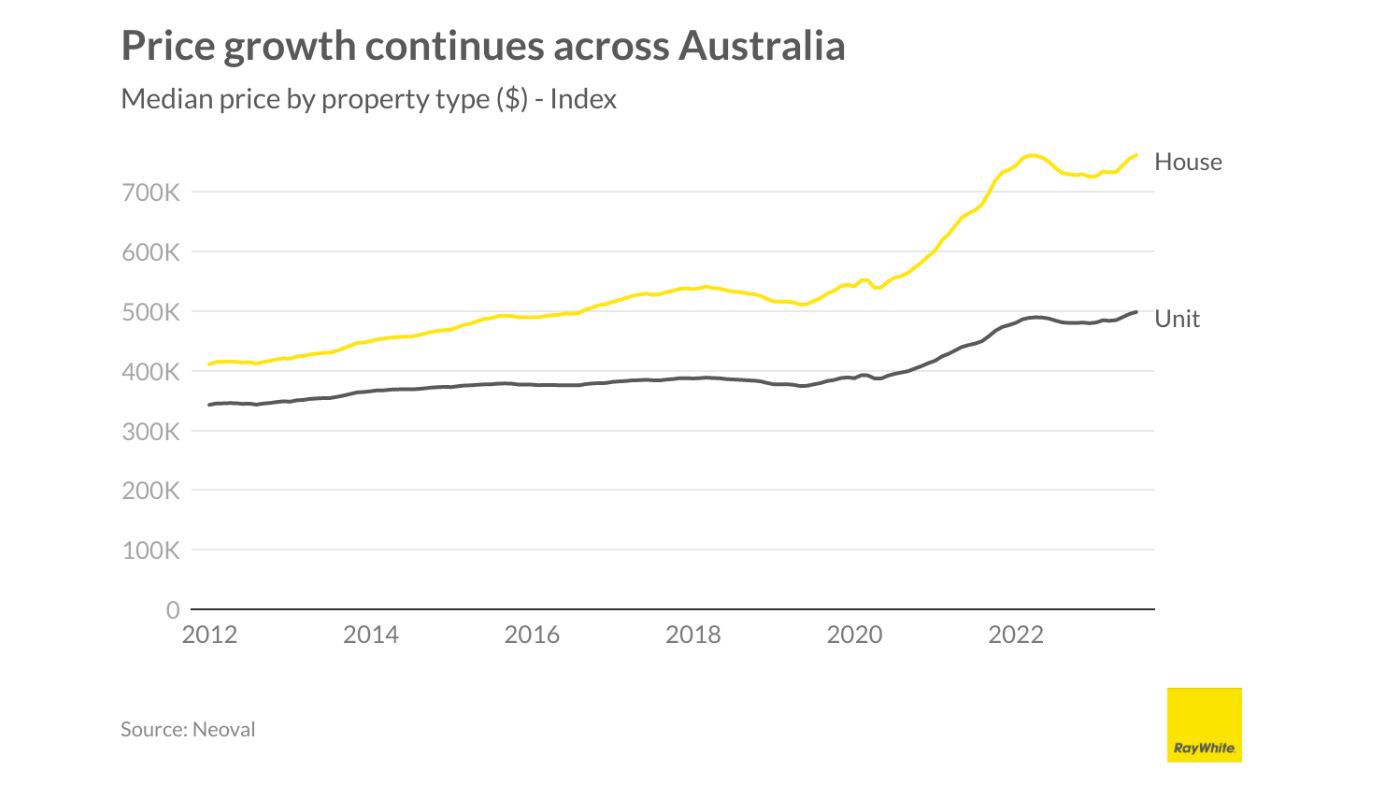
“In terms of financial metrics, this year is the year for apartments,” Conisbee wrote in her report. “But longer term this change to living in more densities needs to continue to ensure greater liveability of our cities and allow for more equitable housing across generations and income levels.”
Without increasing density by building more apartments, Australia will need to rely on urban sprawl, Conisbee explained, which can be expensive on household budgets, and hampers young buyers’ ability to purchase in established suburbs and downsizers’ opportunities to stay in their communities.
Conisbee’s economic report found that over the past year, apartment price growth has been the same as house price growth and, nationally, rental prices for apartments are “increasing twice as fast as houses”.
Conisbee found that the desire for space, during lockdowns, propelled the house market at the onset of COVID-19. Apartments, by comparison, were not “much fun” to be cooped up in, and the lure of amenities that come with inner-city apartment life – including cafes and bars – were shut down and not available.
Listing: see more images here of this bright Petersham apartment for sale
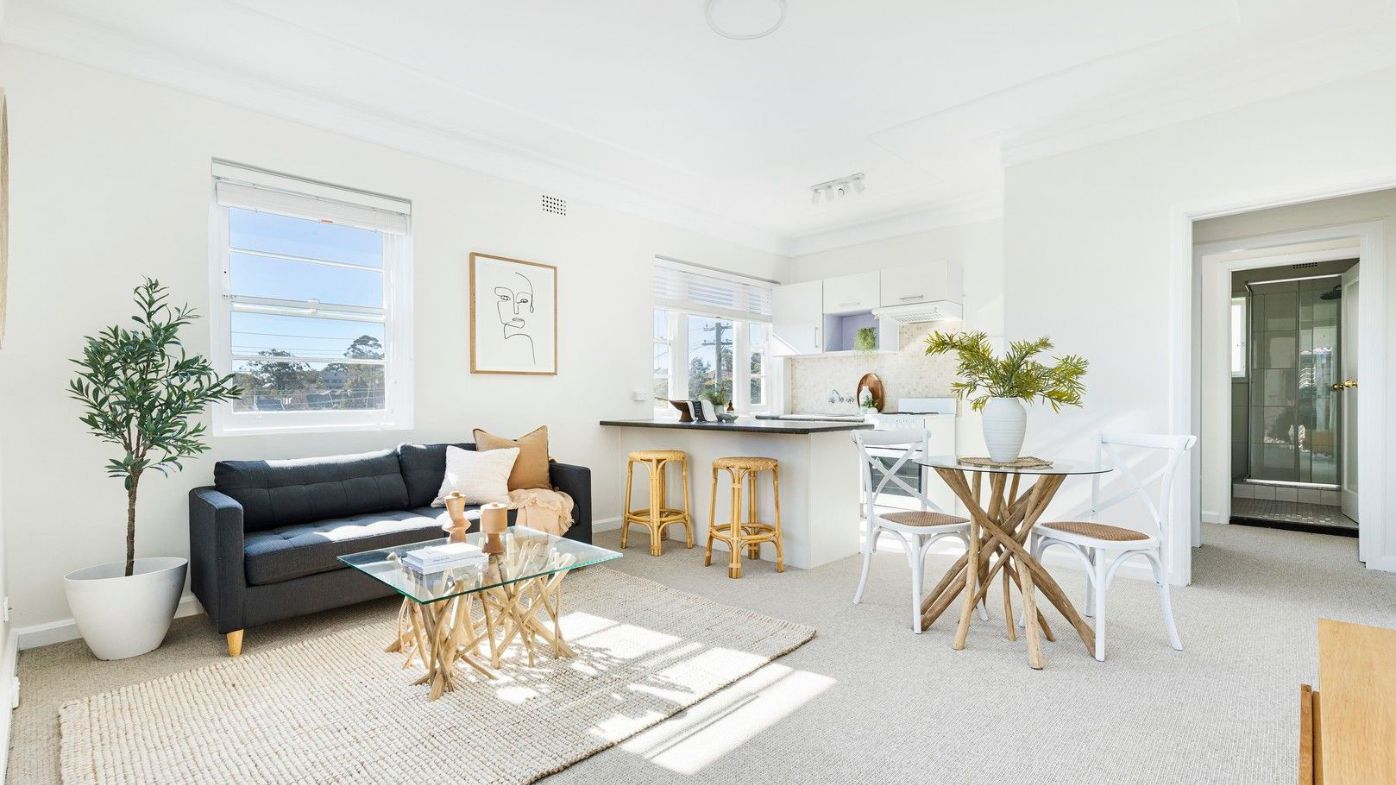
However, apartment living is back on the agenda for growing cohort of buyers.
“Now that things are pretty much back to normal, apartment living is again attractive,” Conisbee said.
“Most of us are going back to the office more frequently and all the best things about living in higher density suburbs are back. We have moved quickly from a situation where there were too many apartments to not enough. Demand is exceeding supply, driving up prices and rents.”
London, Singapore and Hong Kong are the three most-dense cities in the world. The majority of residences in those metro colossuses are apartments.
Listing: see more images here of this loft-style apartment for sale in Launceston
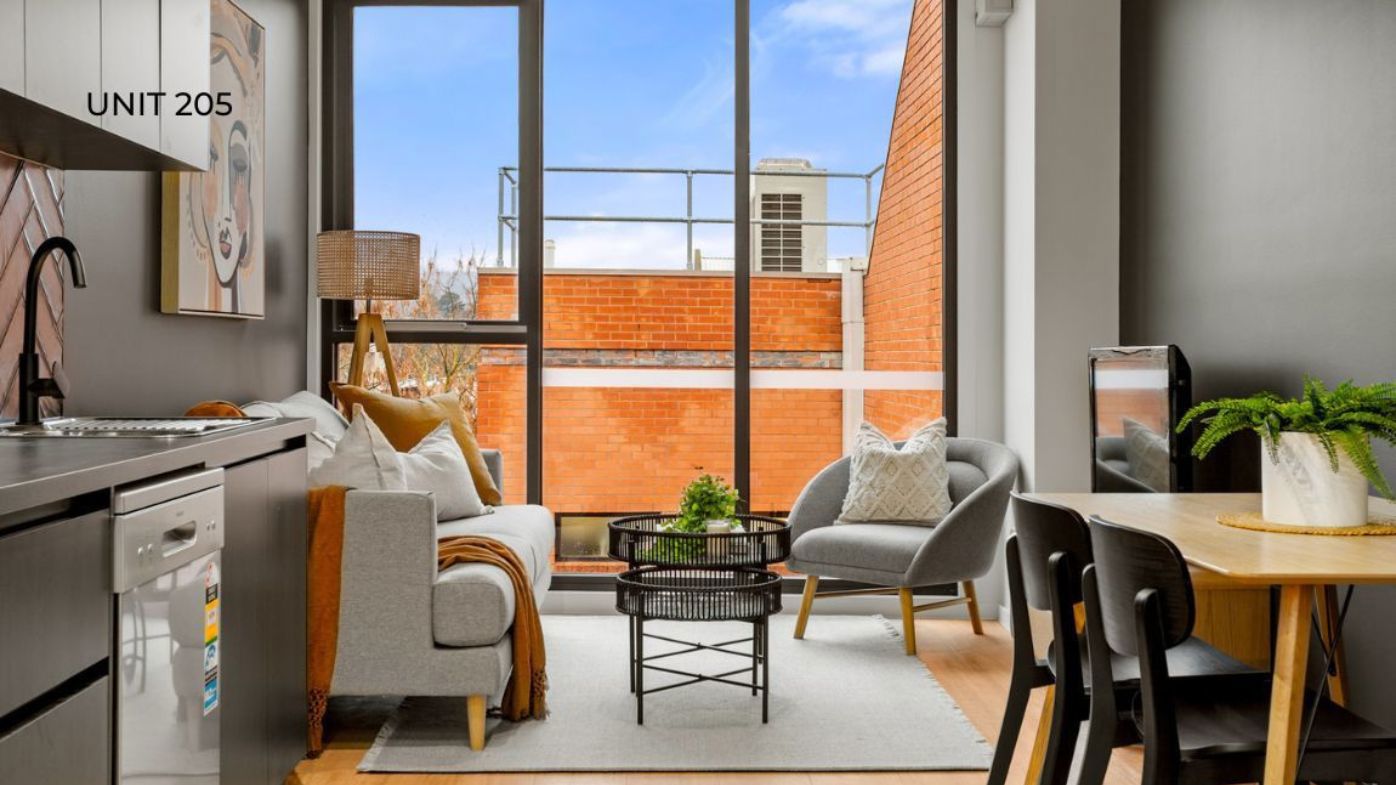
In London, 93.9 per cent of dwellings are apartments. In Singapore, apartments account for 93.7 per cent of homes and in Hong Kong, it is 83.7 per cent. Sydney ranks sixth (46.2 per cent) for density, behind Tokyo (58.8 per cent) and New York City (52.6 per cent).
“Australia has extremely low density relative to other major cities,” Conisbee wrote.
“Sydney is our highest density city but half of all homes are still detached houses. In Hobart, just 15 per cent of homes are attached or apartments. This has created a lot of challenges in housing growth in students wanting to study in that city, as well as accommodating downsizers.
Listing: see more images here of the converted hotel apartment for sale in Geelong
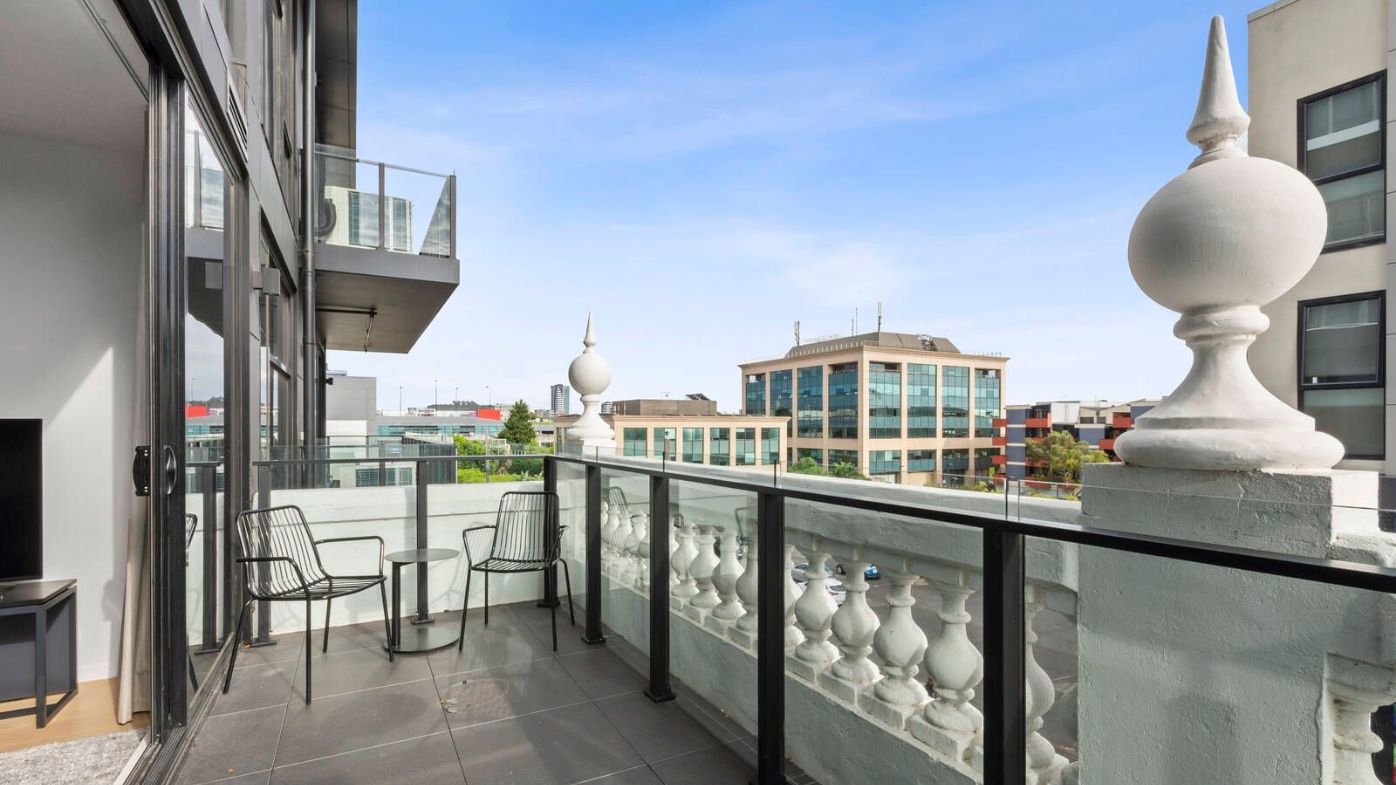
“Without higher densities, we will need to rely on urban sprawl, which is expensive to service and makes us more car dependent. Younger generations and those on lower incomes are locked out of established suburbs when apartment development is restricted.
“For older generations, the ability to downsize from a big family home to a smaller home in the same suburb is more difficult without higher densities.”
We recommend
We thought you might like
States
Capital Cities
Capital Cities - Rentals
Popular Areas
Allhomes
More
- © 2025, CoStar Group Inc.
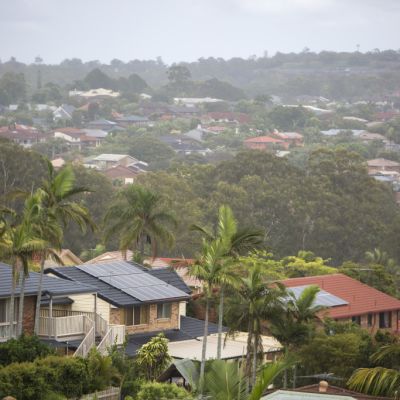
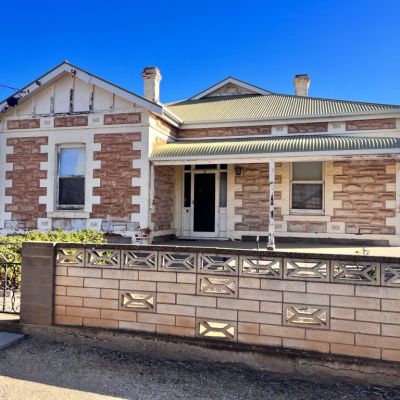
/http%3A%2F%2Fprod.static9.net.au%2Ffs%2F30c8b0d8-f04f-4928-a65a-40d01f949007)
